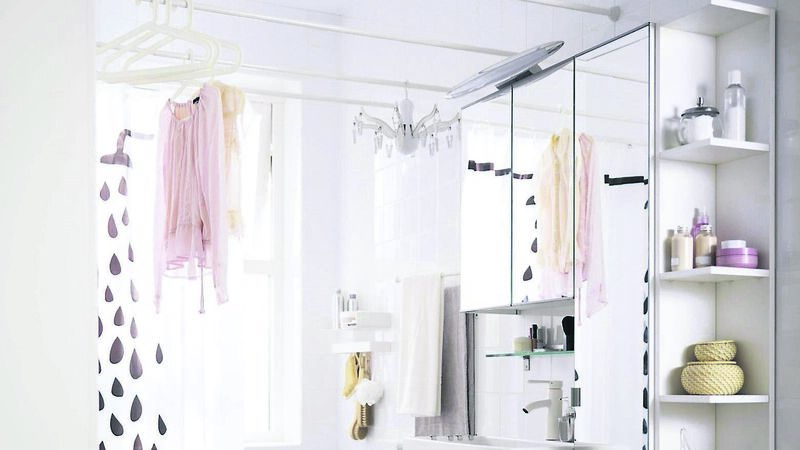Where to the best place to locate the loo

The so-called ‘smallest room’ can do a lot if it is well-configured. Kieran reckons costs to provide one can be up to €20,000 in an existing home because of the labour and trades it takes.
Try from €1.50 / week
SUBSCRIBE
The so-called ‘smallest room’ can do a lot if it is well-configured. Kieran reckons costs to provide one can be up to €20,000 in an existing home because of the labour and trades it takes.
Dear Kieran, I live in a three-bed semi-d in the suburbs. The house doesn’t have a downstairs toilet. Where is the best place to locate it?
I have a cupboard under the stairs (no real height in it) and backing on to it, from the dining area of the kitchen (the kitchen back wall), is a full-height storage closet. I also have a garage, which adjoins the house and is on the same side as the stairs, also partially behind the back kitchen wall. Would it be possible to install a WC by converting the under-the-stairs and kitchen closet combination, or are their requirements regarding a foyer? Or should I break through from the back wall of the kitchen and incorporate part of the garage to create a new WC and foyer?
CONNECT WITH US TODAY
Be the first to know the latest news and updates
Newsletter
Sign up to the best reads of the week from irishexaminer.com selected just for you.
Newsletter
Keep up with stories of the day with our lunchtime news wrap and important breaking news alerts.
Newsletter
Sign up to the best reads of the week from irishexaminer.com selected just for you.
Wednesday, November 19, 2025 - 10:00 PM
Wednesday, November 19, 2025 - 10:00 PM
Wednesday, November 19, 2025 - 7:00 PM
© Examiner Echo Group Limited